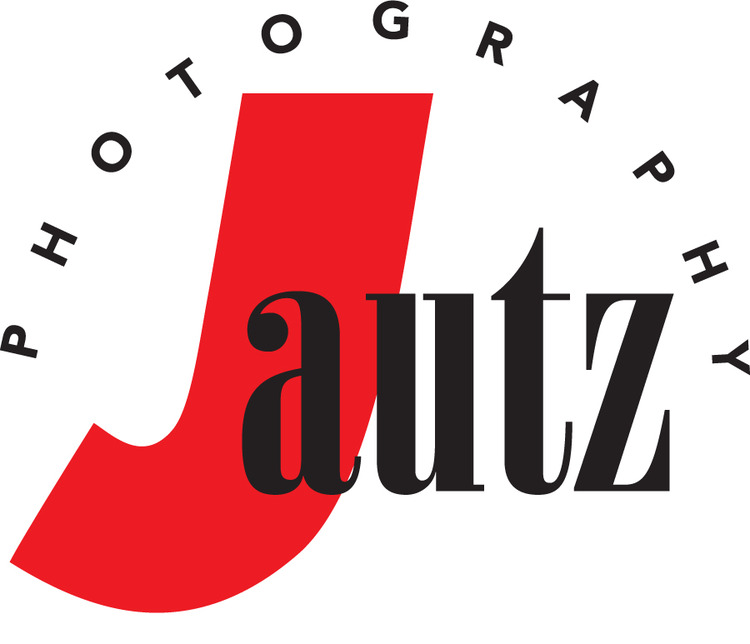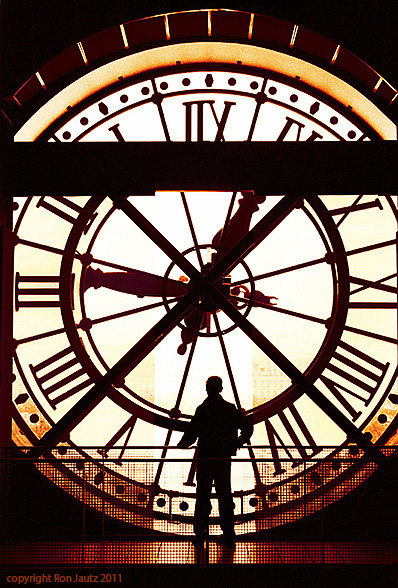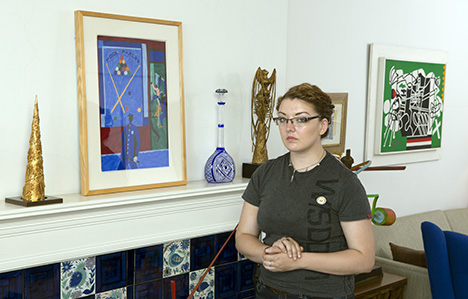Pardon the alliteration, sometimes I can't resist! But there's an important point behind my silly sense of humor. The more details you have worked out in advance, the better your images will be, especially when photographing people. It starts with "seeing" your image in advance and experimenting with the angles and composition even before your subjects are in front of the camera. Once you have your shot set, nail down your exposure and, if possible, do some test shots with stand-in subjects. By being properly prepared, you can concentrate on directing your subject and shoot quick variations without wasting valuable time.
These police officers in Times Square were kind enough to pose for me but obviously had little time or patience for a "photo shoot". By being prepared and knowing exactly what I wanted, I was able to shoot 12 images in 21 seconds (I checked the metadata time stamps) and used the time to direct them where to look and how to position their arms. Shot at ISO 400, 1/60 sec. at f7.1, 16mm lens.












